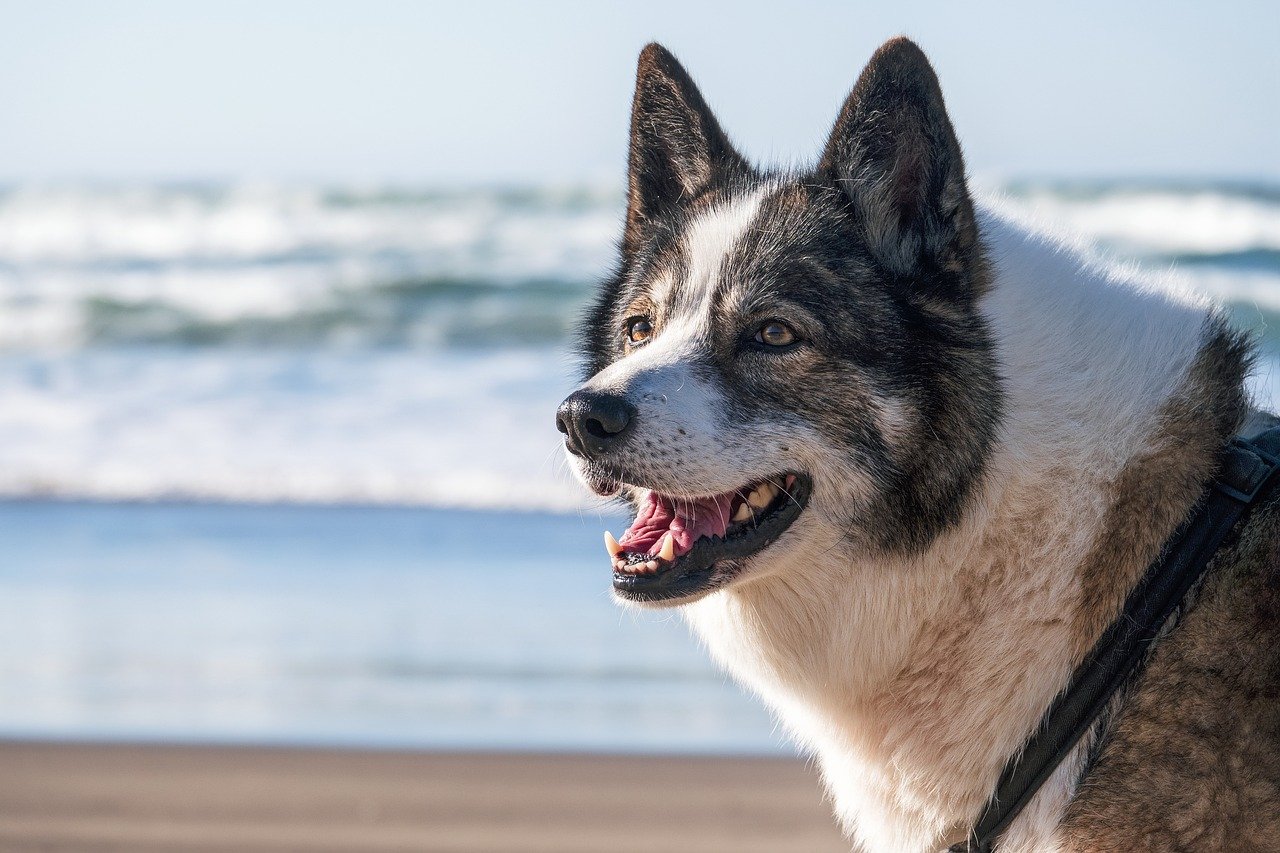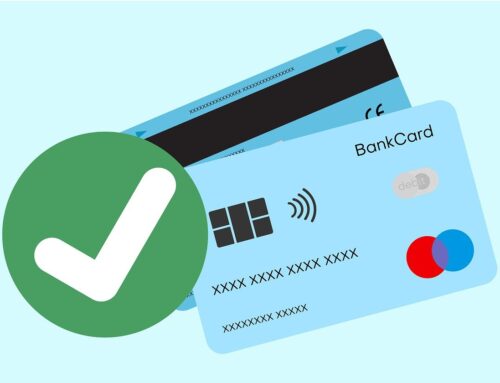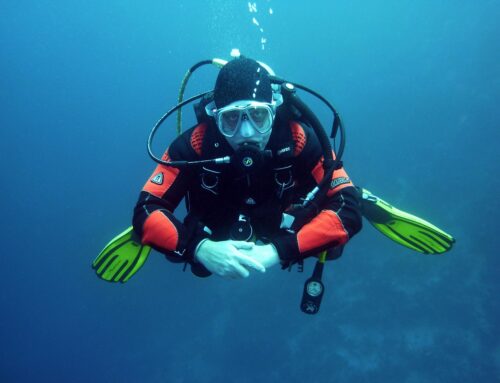
Island Hopping with a Furry Friend? Guide to Pet Transport to the Philippines
The Philippines, with its beaches and vibrant culture, attracts travelers from everywhere. But what if you want your pet to share the adventure? The good news is you can bring pets into the country if you plan ahead. This guide walks you through the first steps to make sure your furry friend arrives safely and stress-free.
Pet Transport and Entry Requirements for the Philippines
The Philippines welcomes pets, but there are clear rules to follow. Here’s what you need to know before booking your flight.
Get the Basics Right
Microchip Requirement
Your pet must be microchipped with an ISO-compliant chip. A licensed vet must implant it and provide the unique identification number.
Vaccination Records
Up-to-date vaccinations are a must. The Philippines requires proof of rabies vaccination along with other vaccinations recommended by the Bureau of Animal Industry (BAI). You’ll also need a certified health certificate from your vet showing vaccination dates and validity.
Import Permit
You must apply for an import permit from the BAI. You can apply online or through an authorized vet. The application will include your pet’s details, health records, and flight information. Apply early since permits take time to process.
Parasite Treatment
Pets must be treated for internal and external parasites before arrival. Ask your vet to provide documentation that complies with Philippine rules.
A Few More Things to Consider
Age Limits
Check if your pet meets the age guidelines. Very young puppies or older pets may face travel restrictions from airlines or the BAI.
Quarantine Rules
Depending on the country of origin and your pet’s health status, your pet might need to stay at a government-approved quarantine facility. Always check ahead to understand the process and any extra costs.
Airline Rules
Every airline has its own policies for pet travel. Learn their crate size, weight limits, and extra fees ahead of time.
Helpful Resources
-
Bureau of Animal Industry: https://www.bai.gov.ph/
-
Philippine Department of Agriculture: https://www.da.gov.ph/
Plan early and double-check all documents. A little preparation goes a long way toward a safe and smooth trip for your pet. With everything in order, you and your furry friend will be free to enjoy the beauty of the Philippines together.
Pet Restrictions to Know Before You Travel
The Philippines welcomes pets, but there are a few restrictions to be aware of.
Breed Restrictions
Some airlines and the BAI limit travel for certain breeds. Pets with flat faces (brachycephalic breeds) can have trouble breathing at high altitudes. Breeds like pugs, bulldogs, and Persian cats often fall under this category. Always check with your airline and the BAI before booking.
Country of Origin Rules
Rules may differ depending on where your pet is coming from. Some countries require extra permits or quarantine time. Check this early so you can plan accordingly.
By knowing the rules, you’ll avoid unexpected delays or problems when arriving in the Philippines with your pet.
Budgeting for Pet Transport to the Philippines
Bringing your pet with you to the Philippines is exciting, but knowing the costs ahead of time makes the journey less stressful. Here’s a clear breakdown of what to expect.
Essential Costs to Plan For
Microchip
Your pet must have an ISO-compliant microchip. Expect to spend between $50 and $100 depending on your vet’s fees.
Vaccinations
Your pet needs updated shots, including rabies. Budget around $100 to $200 for all required vaccinations.
Import Permit
The fee for a Philippine import permit ranges from ₱500 to ₱1,000 (about $10 to $20 USD).
Parasite Treatment
Internal and external parasite treatments cost between $20 and $50. Check with your vet for specific product costs.
Veterinary Health Certificate
A certified health certificate from your vet will usually cost about $50 to $100.
Additional Costs to Consider
Airline Fees
Most airlines charge $100 to $500 or more to fly pets in the cargo hold. Some airlines allow smaller pets in the cabin at a higher fee.
Pet Crate
You’ll need an airline-approved crate. Prices usually fall between $50 and $200 based on size and brand.
Quarantine (If Required)
If your pet must go into quarantine, costs range from ₱300 to ₱1,000 per day (about $6 to $20 USD) depending on the facility and length of stay.
Plan for a Smooth Arrival
Every move comes with surprises, but early research can prevent most of them. Fees can change depending on your home country, your airline, and your vet’s pricing. Get quotes from airlines and pet travel companies early so you know exactly what to expect.
With smart planning and a clear budget, you and your pet can start your new life in the Philippines feeling relaxed and ready to explore together.
Navigating Airline Costs and Logistics for Pet Transport to the Philippines
If you’re bringing your pet to the Philippines, airline logistics and costs should be high on your checklist. Knowing what to expect makes the journey smoother for both you and your furry companion. Here’s what you need to know.
Understanding Airline Pet Policies
Start with Research
Every airline has its own pet travel rules. Check their website for specific guidelines, including:
Accepted Pets
Some breeds, like snub-nosed dogs and cats, may be restricted because of breathing risks.
Size and Weight Rules
Airlines set limits on the size and weight of pets traveling in the cabin or cargo. Crate size is also a factor.
Required Documents
Most airlines ask for extra paperwork beyond the Philippine import permit. Double-check what your airline needs.
Pet Transport Fees
Expect fees of $100 to $500 or more depending on your pet’s size and whether they travel in-cabin or in the cargo hold.
Contact the Airline Directly
Once you’ve picked an airline, call them to confirm their pet policy and ask about crate size rules, booking timelines, and any extra charges.
Preparing Your Pet for Air Travel
Get Them Used to the Crate
Help your pet feel safe by introducing them to the travel crate early. Put treats, bedding, and favorite toys inside.
Book Early
Pet slots fill fast, especially during busy seasons. Book your ticket and pet reservation well in advance.
Important Travel Factors to Consider
Cabin vs. Cargo
Small pets might be allowed in the cabin at a higher fee. Larger pets usually travel in temperature-controlled cargo holds.
Direct Flights Are Best
Choose direct flights if possible. They shorten travel time and reduce handling stress for your pet.
Be Ready for Delays
If a layover happens, know your airline’s pet handling process. Some airlines have pet relief areas or require added paperwork for long delays.
Planning for a Smooth Arrival
The key to stress-free pet travel is preparation. Know your airline’s pet rules, book early, and help your pet feel safe in their crate. A little extra effort now means you and your pet can start your Philippines adventure together with ease.
Summary: Bringing Your Pet to the Philippines
Bringing your pet along for your new life in the Philippines takes planning, but it’s well worth the effort. Here’s a quick recap of what you’ve learned:
What to Prepare
Entry Requirements
Pets must be microchipped, vaccinated, and have an import permit from the Philippine Bureau of Animal Industry (BAI). Some pets may also need parasite treatment.
Budget Wisely
Plan for costs like microchipping, vaccinations, paperwork, airline fees, and possible quarantine fees.
Know Airline Policies
Check airline rules for breed restrictions, crate sizes, weight limits, and travel documentation. Book your flights and pet transport early.
By following these steps and using the right resources, you and your pet can enjoy a safe and exciting journey to the Philippines. Start your planning early to avoid last-minute stress and enjoy your new adventure together.

















